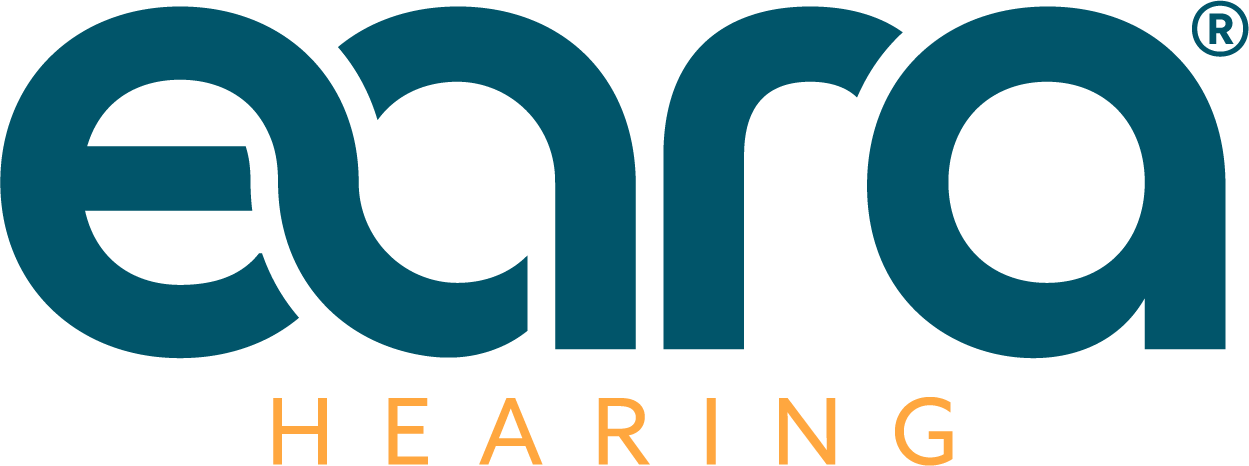Hearing aids improve quality of life by making everyday communication clearer and more effortless. They are also a significant investment, both financially and emotionally, which makes keeping them in good condition all the more important. While they are designed to be durable, the reality is that even some seemingly harmless everyday activities can cause gradual damage. With proper care and maintenance, however, hearing aids can have a long lifespan and continue to perform at their best for years.
Everyday Risks That Can Wear Down Your Hearing Aids
Many hearing aid users are surprised to learn that damage often comes not from dramatic accidents, but from routine daily activities. The very environments where we most need clear hearing, at work, during exercise, or while enjoying outdoor activities, can pose the greatest threats to our devices. These risks are particularly insidious because they cause gradual wear that may go unnoticed until performance is significantly compromised.
Moisture Exposure
Moisture exposure happens more often than you might think. Even small amounts of humidity can gradually chip away at your device's performance without you realizing it.
Everyday actions that cause it:
-
Exercising without removing or protecting hearing aids; sweat builds up quickly during cardio or weightlifting
-
Spending long hours outdoors in hot, humid weather, especially during the summer months
-
Cooking over boiling pots or using a sauna/steam room where steam fills the air
-
Leaving hearing aids in the bathroom during hot showers, where steam and humidity can reach devices placed on counters or in cases
-
Spraying hair products like hairspray, texturizing spray, or leave-in treatments while wearing hearing aids
This gradual moisture exposure creates serious problems because it seeps into tiny openings in the microphones, receivers, and battery compartments. While you might not notice problems immediately, this leads to corrosion of internal components, muffled or distorted sound quality, and potential device failure over time.
Protection Tips
-
Use a hearing aid dehumidifier or drying kit overnight to remove accumulated moisture. This is the most effective and recommended method
-
If you don't have a dehumidifier, store hearing aids in a dry, ventilated area with battery doors open for traditional models (rechargeable aids don't have removable doors)
-
Wear sweatbands during exercise and wipe down hearing aids with a dry cloth after sweating activities
-
Remove hearing aids before applying hair products and keep them outside the bathroom during showers
Dust & Debris
What seems like harmless everyday activities can gradually clog your devices with microscopic particles.
Everyday actions that cause it:
-
Gardening, mowing the lawn, or sweeping without protecting your hearing aids
-
Using dry shampoo or talc powder while wearing devices
-
Working in dusty environments like workshops, construction sites, or barns
-
Walking in windy outdoor environments where particles blow around
-
Cleaning house with dusting sprays or working in attics and basements
These seemingly minor exposures accumulate over time, causing particles to clog the tiny openings in microphones and receivers. This leads to muffled sounds or creates feedback issues, often requiring professional cleaning to restore proper function.
Protection Tips:
-
Use the cleaning kit that comes with most hearing aids, brush away debris daily, and use the wax pick to clear openings
-
Remove hearing aids before using hair products, cleaning sprays, or working in dusty indoor environments where hearing safety isn't critical
-
Store hearing aids in a closed case when not in use to prevent dust accumulation
-
Consider wearing a hat or headband during outdoor work, like gardening or yard maintenance, to create a barrier
-
Clean hearing aids with a soft, dry cloth after exposure to dusty conditions, and schedule professional cleanings every 3-6 months for thorough maintenance
Impact & Handling
Hearing aids are precision instruments that don't handle rough treatment well.
Everyday actions that cause it:
-
Dropping them while changing batteries or cleaning
-
Tossing them loosely in a purse, gym bag, or pocket without protection
-
Playing contact sports without removing them first
These physical impacts can damage delicate internal electronics, misalign microphones, or crack outer casings.
Protection Tips:
-
Always place hearing aids in their protective case when not in use, never leave them loose in bags or pockets
-
Sit down when putting on or removing hearing aids, especially during your first few days of use, as this reduces the fall distance if they slip
-
Handle aids over soft surfaces like beds or carpeted areas when changing batteries or cleaning
-
Remove hearing aids before contact sports or high-impact activities
Temperature Extremes
Hearing aids are sensitive to both hot and cold temperatures, which can cause immediate damage or gradual deterioration of components.
Everyday actions that cause it:
-
Leaving aids in the car on hot summer or freezing winter days
-
Storing them near heaters, stoves, or windows with direct sunlight
-
Wearing them in extreme cold for extended periods without ear protection
-
Placing them on radiators or heated surfaces while drying
High heat can warp plastic components and damage batteries, while extreme cold can cause condensation when brought back to room temperature. These temperature swings stress the delicate electronics and can lead to malfunctions over time.
Protection Tips:
-
Store hearing aids at room temperature in their case—never leave them in cars or near heat sources
-
Use ear warmers or hats with ear flaps during extended cold weather exposure
-
Allow hearing aids to gradually reach room temperature if they've been in extreme conditions before use
-
Keep them away from sunny windowsills, radiators, and heating vents
Beyond protecting against specific risks, consistent daily care makes the biggest difference in hearing aid longevity. Clean your devices daily with the provided tools, store them properly in their case, and follow your audiologist's maintenance schedule. For optimal moisture protection, consider investing in a UV drying box, these advanced systems combine dehumidification with UV sanitization to eliminate both moisture and harmful bacteria, providing superior protection compared to basic drying kits. Replace batteries promptly when they're low, as weak batteries can strain the electronics. Most importantly, don't attempt repairs yourself; always consult your hearing care professional for any issues.
Simple awareness of everyday risks and consistent protective habits will keep your hearing aids performing optimally for years to come. By taking these small daily precautions, you're not just maintaining a device; you're preserving your connection to the world around you.






















